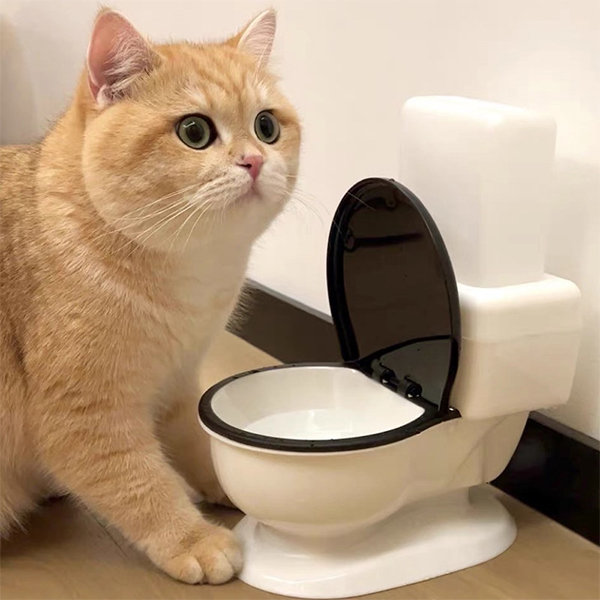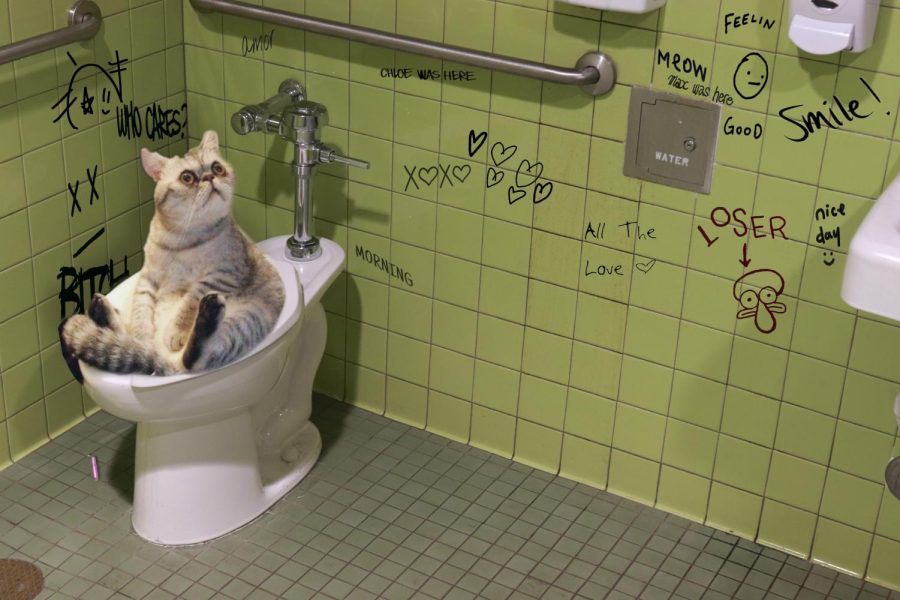When You Must Never Dispose of Animal Waste Down the Toilet
When You Must Never Dispose of Animal Waste Down the Toilet
Blog Article
Do you find yourself on the lookout for help and advice on Why you should never flush dog poop down the toilet?

When it involves dealing with waste, particularly animal waste, many individuals frequently turn to the hassle-free choice of flushing it down the bathroom. However, this seemingly easy remedy can have serious effects for the setting and public health. In this write-up, we'll check out why flushing pet waste down the commode is a bad idea and give alternate methods for appropriate disposal.
Introduction
Appropriate waste disposal is important for preserving environmental sustainability and public health. While it may seem safe to purge animal waste down the toilet, it can lead to various problems, both for the environment and human wellness.
Risks of flushing animal waste
Environmental influence
Purging pet waste presents damaging microorganisms and microorganisms into waterways, which can adversely impact marine environments. These pathogens can pollute water resources and damage aquatic life, interrupting fragile communities.
Public health worries
Animal waste includes unsafe bacteria such as E. coli and Salmonella, which can pose major wellness risks to humans. Flushing animal waste down the bathroom can infect water products, leading to the spread of diseases and infections.
Alternatives to flushing
As opposed to purging pet waste down the commode, there are numerous different disposal approaches that are a lot more eco-friendly and sanitary.
Composting
Composting animal waste is an environment-friendly means to take care of it. By composting, raw material is broken down right into nutrient-rich soil, which can be utilized to fertilize yards and plants.
Landfill disposal
Dealing with pet waste in a garbage dump is another alternative. While not as eco-friendly as composting, it is a safer choice to flushing, as it stops the contamination of water resources.
Pet waste disposal systems
There are specific pet dog waste disposal systems readily available that safely and hygienically get rid of pet waste. These systems frequently make use of enzymes to break down waste and eliminate odors.
Steps to appropriate animal garbage disposal
To ensure proper disposal of pet waste, adhere to these steps:
Scooping and bagging waste
Consistently scoop and bag pet waste utilizing eco-friendly bags. This prevents waste from infecting the setting.
Making use of designated waste containers
Dispose of bagged animal waste in assigned waste bins, such as garden compost bins or landfill bins. Stay clear of flushing it down the bathroom at all costs.
Cleaning up can and family pet locations on a regular basis
On a regular basis clean can and family pet areas to stop the build-up of waste and microorganisms. Use pet-safe cleansing products to keep health.
Benefits of appropriate disposal techniques
Adopting appropriate disposal approaches for animal waste supplies a number of benefits:
Lowered environmental pollution
Proper disposal techniques minimize the threat of environmental pollution, safeguarding rivers and communities from contamination
Reduced danger of water contamination.
By avoiding flushing pet waste down the commode, the danger of water contamination is check here considerably minimized, safeguarding public health.
Enhanced cleanliness and hygiene
Proper disposal approaches promote much better sanitation and health, producing a much safer setting for both people and animals.
Final thought
To conclude, flushing pet waste down the commode is hazardous to the setting and public health. By adopting alternate disposal techniques and adhering to appropriate waste monitoring methods, we can minimize the negative impact of pet waste and contribute to a cleaner, much healthier world.
What To Do With Dog Poo – The Do's And Don'ts Of Disposing Of Faeces
Dog poo bins
Some councils provide dedicated dog waste bins in popular dog-walking areas that can take dog poo that has been bagged but you can legally dispose of dog waste in any public litter bin, as long as it is securely bagged. This also applies to your wheelie bin at home.
Do not flush
Water companies do not recommend flushing dog faeces down the toilet because certain parasites can survive the water processing treatment and are potentially harmful to humans. You should also never consider flushing dog poo that has been bagged down the toilet as the bags will not break down and instead create severe blockages in the sewage system.
In the woods
The Forestry Commission promotes a ‘stick and flick’ method for dealing with waste in the woods. This means finding a stick and using it to flick any poo from off the path so that it is out of the way of other walkers. You could also bury it as long as it is not in an area where there might be livestock.
Livestock
Parasites found in dog poo can be transmitted to livestock if they inadvertently eat infected faeces that has been left on grazing land. This could result in the death of sheep or abortion in cattle so you should always make sure you pick up your dog’s waste in fields where livestock could be present.

On a regular basis clean can and family pet areas to stop the build-up of waste and microorganisms. Use pet-safe cleansing products to keep health.
Benefits of appropriate disposal techniques
Adopting appropriate disposal approaches for animal waste supplies a number of benefits:
Lowered environmental pollution
Proper disposal techniques minimize the threat of environmental pollution, safeguarding rivers and communities from contamination
Reduced danger of water contamination.
By avoiding flushing pet waste down the commode, the danger of water contamination is check here considerably minimized, safeguarding public health.
Enhanced cleanliness and hygiene
Proper disposal approaches promote much better sanitation and health, producing a much safer setting for both people and animals.
Final thought
To conclude, flushing pet waste down the commode is hazardous to the setting and public health. By adopting alternate disposal techniques and adhering to appropriate waste monitoring methods, we can minimize the negative impact of pet waste and contribute to a cleaner, much healthier world.
What To Do With Dog Poo – The Do's And Don'ts Of Disposing Of Faeces
Dog poo bins
Some councils provide dedicated dog waste bins in popular dog-walking areas that can take dog poo that has been bagged but you can legally dispose of dog waste in any public litter bin, as long as it is securely bagged. This also applies to your wheelie bin at home.
Do not flush
Water companies do not recommend flushing dog faeces down the toilet because certain parasites can survive the water processing treatment and are potentially harmful to humans. You should also never consider flushing dog poo that has been bagged down the toilet as the bags will not break down and instead create severe blockages in the sewage system.
In the woods
The Forestry Commission promotes a ‘stick and flick’ method for dealing with waste in the woods. This means finding a stick and using it to flick any poo from off the path so that it is out of the way of other walkers. You could also bury it as long as it is not in an area where there might be livestock.
Livestock
Parasites found in dog poo can be transmitted to livestock if they inadvertently eat infected faeces that has been left on grazing land. This could result in the death of sheep or abortion in cattle so you should always make sure you pick up your dog’s waste in fields where livestock could be present.

Hopefully you enjoyed reading our section on Don't Flush Your Pets Poo Down The Loo, Vet Warns. Thanks a lot for spending some time to browse our posting. Those who enjoyed reading our page kindly remember to share it. Bless you for your time. Return soon.
Book Services Report this page